Yellowing leaves on outdoor plants can be a troubling sight for any gardener, especially when you’re putting time and love into your green space. Whether you’re a seasoned plant enthusiast or a budding gardening hobbyist, understanding why your plant leaves are turning yellow is key to bringing them back to life.
There are several reasons why this issue occurs, including overwatering, underwatering, nutrient deficiencies, pests, diseases, or environmental stress. Identifying the cause early can help you take the right steps to revive your plants.
Providing proper watering, ensuring well-draining soil, adding essential nutrients, and keeping an eye out for pests are some of the best ways to prevent yellowing leaves and keep your plants thriving.
This guide will explain the reasons why outdoor plant leaves turn yellow and offer effective solutions to fix them, ensuring your plants stay healthy and vibrant season after season.
What Causes Yellowing Leaves on Outdoor Plants?
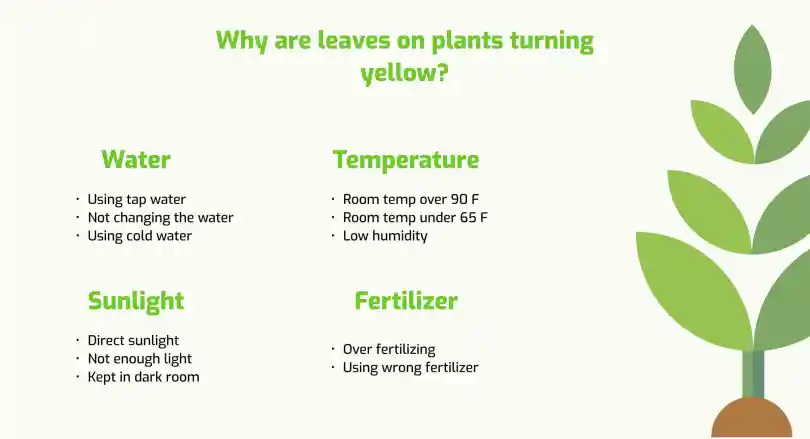
Yellow leaves are often the plant’s way of signaling there’s a problem. The causes can range from environmental factors to pests. Identifying the issue early can help you take the right corrective measures to restore your plant’s health. Here are some of the most common reasons:
1. Watering Issues
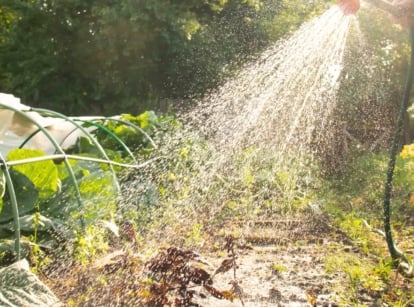
Overwatering:
- Too much water drowns the roots, depriving them of essential oxygen. This prevents the plant from absorbing nutrients, causing the leaves to turn yellow and often wilt. Root rot may also develop, further damaging the plant.
Underwatering:
- On the flip side, too little water can cause stress on your plants. Dry soil leads to dehydration, resulting in droopy, yellowing leaves. Prolonged dryness may also cause leaves to become brittle and fall off.
Solution:
- Check the soil moisture by sticking your finger 2–3 inches into the ground. If it feels soggy, reduce watering; if it’s dry, water your plant thoroughly until excess drains away. Water deeply rather than frequently to encourage strong root growth.
- Consider using mulch around the base of your plants to retain moisture and regulate soil temperature. Investing in a moisture meter can also help you gauge soil conditions accurately.
By addressing watering issues early, you can prevent why outdoor plant leaves turn yellow and help your plants maintain their lush green appearance.
2. Nutrient Deficiency
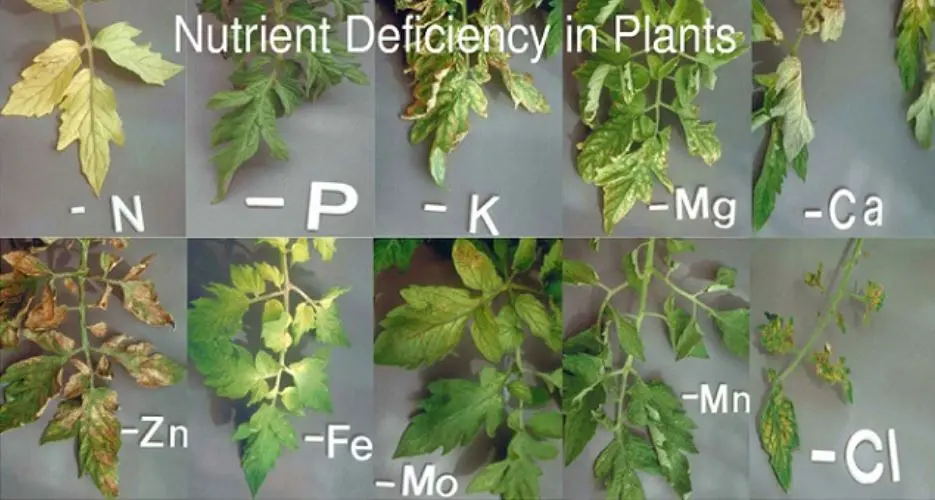
Plants need a proper balance of nutrients to stay healthy and vibrant. A deficiency in key nutrients like nitrogen, magnesium, or iron can cause specific types of yellowing, making it crucial to identify and correct the issue early.
- Nitrogen Deficiency – Causes uniform yellowing of older leaves, as nitrogen is essential for chlorophyll production and overall plant growth.
- Magnesium Deficiency – Leads to yellowing between the veins of older leaves, often creating a mottled or patchy appearance.
- Iron Deficiency – Turns young leaves yellow while veins remain green, typically occurring in alkaline soils where iron absorption is limited.
Solution:
- Use a balanced fertilizer that meets your plant’s specific needs to restore proper nutrient levels.
- For iron and magnesium deficiencies, try foliar feeding (applying liquid fertilizer directly to leaves) for quicker absorption and results.
- Conduct a soil test to identify missing nutrients and adjust soil pH if necessary for better nutrient uptake.
Providing the right nutrients at the right time can help prevent why outdoor plant leaves turn yellow and keep your garden lush and thriving.
Related Topics:
3. Diseases and Pests
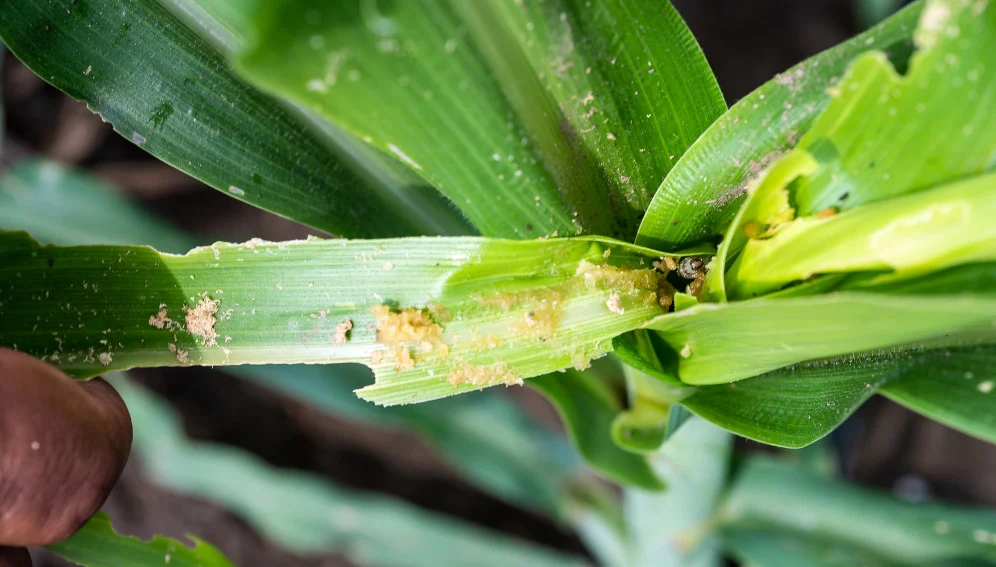
Yellow leaves can be a sign of plant stress caused by diseases like fungal infections (e.g., root rot or leaf spot) or by common garden pests such as spider mites, aphids, and mealybugs.
- Fungal Infections – Often accompanied by brown or black spots, moldy patches, or a mushy stem (in the case of root rot).
- Pest Infestations – Pests like aphids and mealybugs suck plant sap, weakening the plant and causing leaves to turn yellow. They may leave behind sticky residue (honeydew) or visible holes in the foliage.
Solution:
- For fungal infections, remove affected leaves and apply a suitable fungicide to prevent further spread. Ensure proper drainage to avoid root rot.
- If pests are the problem, inspect your plant closely and wash off small infestations with a strong blast of water. For persistent pests, apply insecticidal soap or neem oil to eliminate them.
Pro Tip:
- Keep your plants spaced apart to improve airflow, which reduces humidity and prevents fungal diseases. Regularly inspecting your plants can help you catch problems early and prevent why outdoor plant leaves turn yellow due to pests and diseases.
4. Sunlight Problems

Plants need the right balance of sunlight to thrive. Both too much and too little sunlight can cause yellowing leaves, making it essential to position your plants correctly.
- Too Much Sunlight – Excessive sun exposure can scorch leaves, leading to yellow fringes or patches that may later turn brown and crispy.
- Too Little Sunlight – Without enough light, plants struggle with photosynthesis, causing leaves to lose their rich green color and fade to pale yellow.
Solution:
- Check your plant’s light requirements to ensure they’re receiving the right amount of sun.
- For sun-sensitive plants, move them to a shaded spot or provide cover (like shade cloth) during peak sunlight hours.
- If plants aren’t getting enough light, reposition them to a brighter area or supplement with grow lights for indoor or shaded spaces.
Pro Tip:
- Use plant tags or research online to determine the specific light preferences of your plants. Proper placement can prevent why outdoor plant leaves turn yellow and help maintain their lush, healthy appearance.
5. Temperature Fluctuations
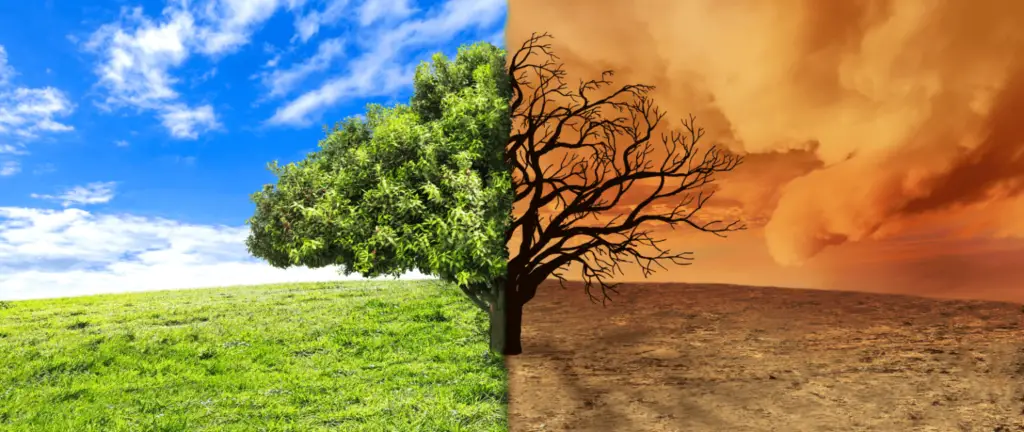
Extreme temperature changes—whether too hot or too cold—can stress outdoor plants, causing their leaves to turn yellow. Sudden drops in temperature can be especially damaging to tropical or delicate species, while excessive heat can lead to dehydration and sunburned foliage.
Solution:
- Shield plants from intense heat by providing shade during peak sun hours. Using shade cloth or placing them near taller plants can help.
- Protect plants from cold snaps by covering them with frost blankets, burlap, or garden fabric when temperatures drop.
- Avoid planting sensitive species during extreme seasonal shifts to prevent temperature shock.
Pro Tip:
- Applying mulch around your plants helps insulate the soil, keeping roots warm in colder months and preventing moisture loss in hot weather. By maintaining a stable environment, you can reduce why outdoor plant leaves turn yellow due to temperature stress.
6. Transplant Shock
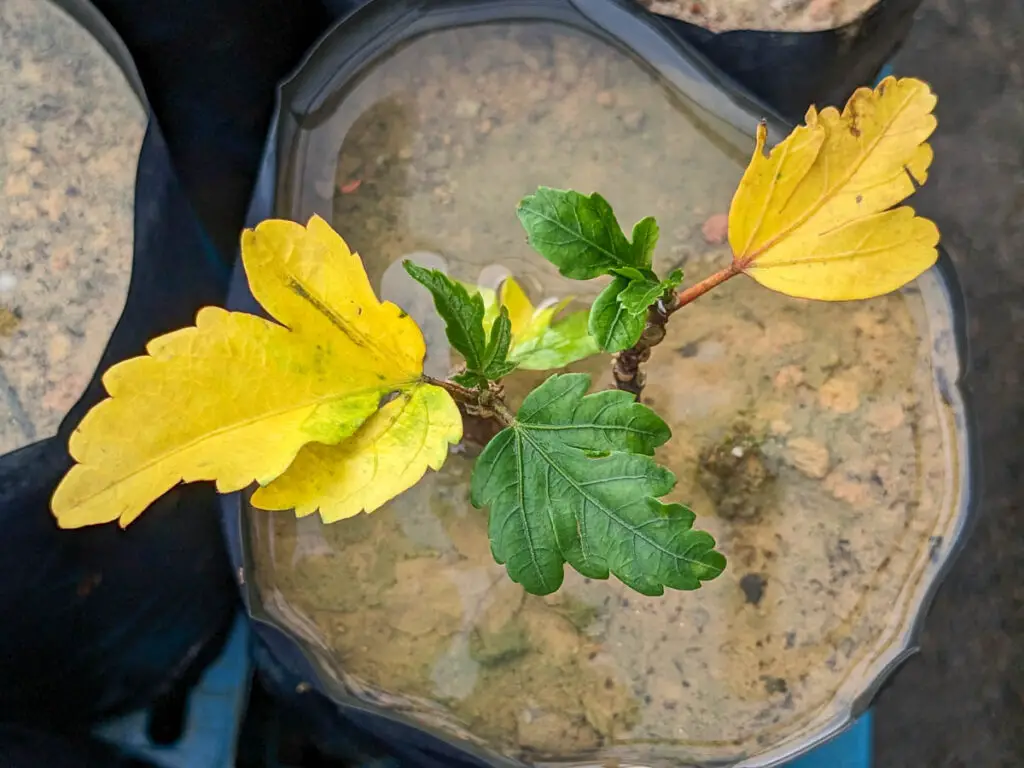
If you’ve recently moved or replanted your outdoor plants, they may develop yellow leaves due to stress from root disturbance. The transplantation process can temporarily hinder the plant’s ability to absorb water and nutrients, leading to weakened foliage.
Solution:
- Be gentle when transplanting to minimize root damage. Handle the roots carefully and avoid unnecessary disturbance.
- Water thoroughly after relocation to help the plant establish itself in its new environment.
- Use root stimulants or transplanting fertilizers to encourage faster root development and reduce stress.
Pro Tip:
- Transplant late in the day or during overcast weather to avoid heat stress and give your plant time to adjust without intense sun exposure. Taking these precautions can prevent why outdoor plant leaves turn yellow and help your plants recover more quickly.
7. Natural Aging
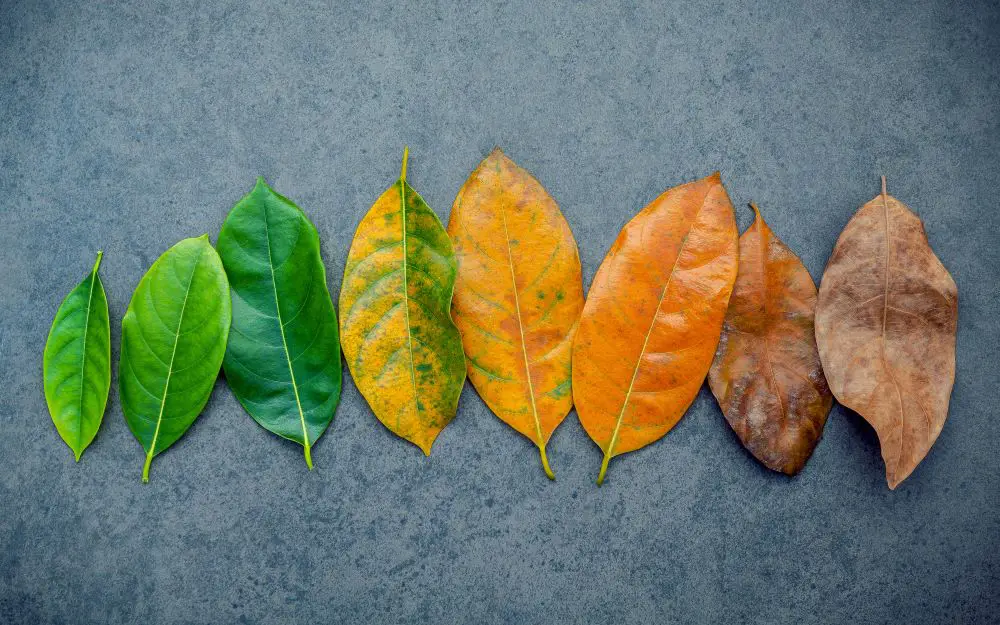
Not all yellow leaves are a sign of trouble! Some yellowing, especially in older leaves near the base, is completely normal. As plants grow, they naturally shed older foliage to redirect energy toward new growth.
Solution:
- No action is necessary—this is part of the plant’s life cycle!
- Simply prune away the yellowing leaves to keep your plant looking tidy and improve air circulation.
Pro Tip:
- Regularly inspect your plants to differentiate between natural aging and other causes of yellowing, such as watering issues or nutrient deficiencies. Understanding this can help prevent unnecessary worry about why outdoor plant leaves turn yellow while ensuring your plants remain healthy and vibrant.
How to Prevent Yellow Leaves in Outdoor Plants
While fixing yellow leaves is important, prevention is the best way to keep your garden lush and thriving. By providing the right care, you can stop problems before they start and maintain healthy, vibrant foliage.
Essential Steps for Prevention:
- Test Your Soil – Regularly check soil pH and nutrient levels to ensure your plants get the right balance of essential elements. Adjust as needed with amendments.
- Water Smartly – Understand the specific watering needs of each plant species. Water deeply but infrequently to encourage strong root growth and prevent both overwatering and underwatering.
- Ensure Proper Drainage – Use well-draining soil and raised beds if needed to prevent waterlogging and root rot, which can lead to yellowing leaves.
- Practice Good Hygiene – Keep your garden clean by removing dead leaves and diseased foliage to prevent the spread of pests and fungal infections.
- Feed Properly – Use the right type and amount of fertilizer based on your plant’s needs. Avoid over-fertilizing, which can cause salt buildup and leaf discoloration.
- Stay Observant – Regularly inspect your plants for early signs of stress, pests, or disease, so you can take quick action before the problem worsens.
By following these preventive measures, you’ll create an environment where your plants can thrive—reducing the risk of why outdoor plant leaves turn yellow and keeping your garden green, strong, and healthy all season long.
Yellowing leaves can sometimes feel discouraging, but they don’t mean you’re failing as a gardener! In reality, yellow leaves are simply your plant’s way of communicating its needs. Whether the issue stems from watering mistakes, nutrient deficiencies, pests, or environmental stress, the key is to observe, diagnose, and take the right corrective measures.
By understanding why outdoor plant leaves turn yellow and responding with proper care, you can restore your plants to full health and vitality. Gardening is a continuous learning experience, and every challenge helps you grow into a more skilled and confident plant parent.
Happy Gardening!
3 Best FAQs on Yellowing Leaves in Outdoor Plants
1. Should I remove yellow leaves from my outdoor plants?
Yes, if the leaves are completely yellow, wilted, or diseased, pruning them can help improve air circulation and redirect energy to healthy growth. However, if only part of the leaf is yellow, monitor the plant before removing it.
2. Can too much fertilizer cause yellow leaves?
Yes! Over-fertilization can lead to nutrient imbalances and salt buildup in the soil, which can burn roots and cause leaves to turn yellow. Always follow the recommended fertilizer amounts for your specific plants.
3. How do I know if my plant is getting too much or too little water?
Check the soil moisture! Stick your finger 2–3 inches into the soil—if it feels soggy, your plant may be overwatered; if it’s dry, it likely needs watering. Using a moisture meter can provide more accuracy.
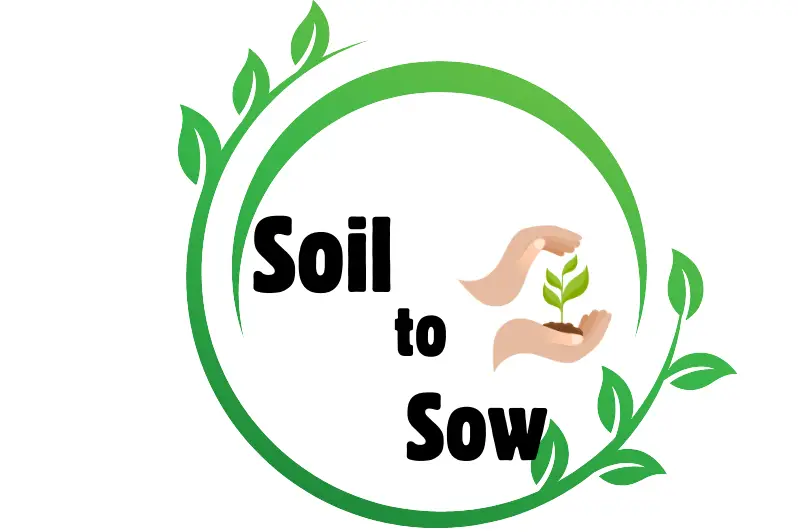
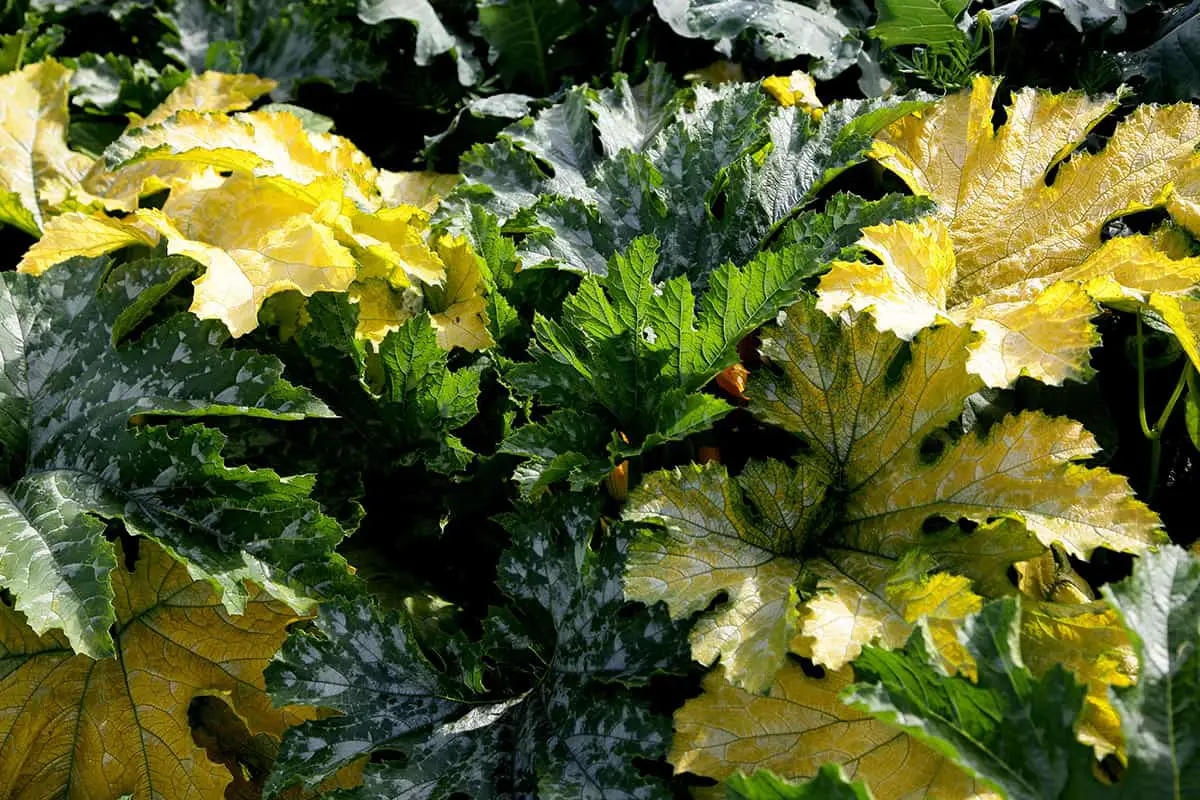
2 thoughts on “Why Outdoor Plant Leaves Turn Yellow? How To Fix Them!”